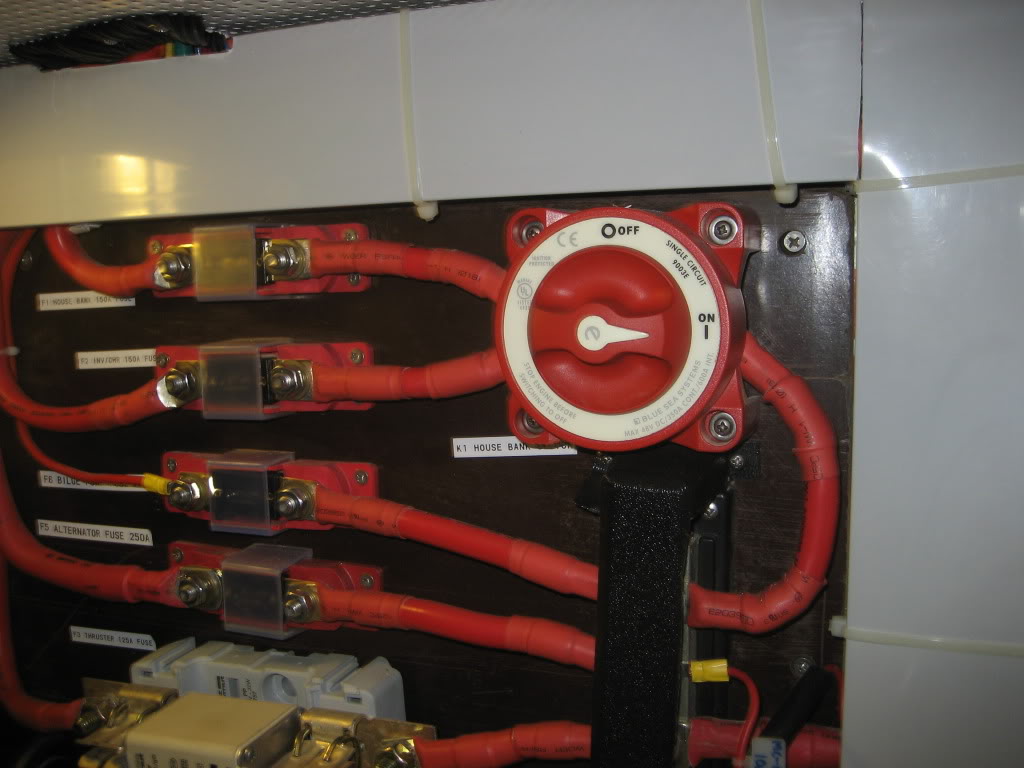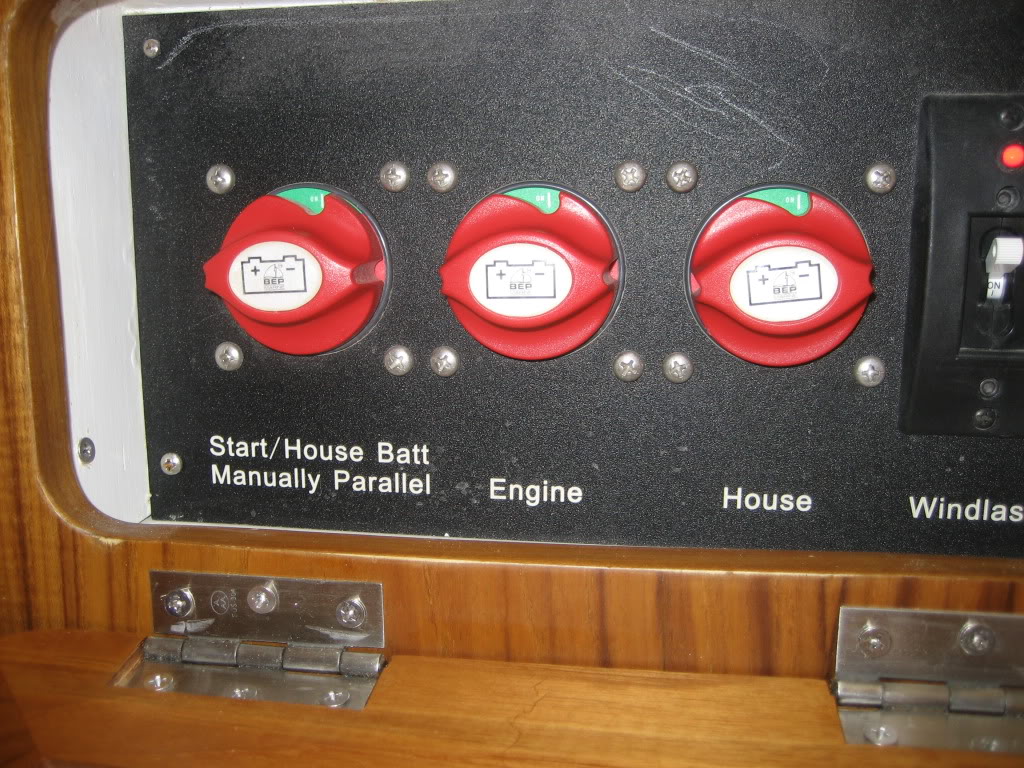millennium
Veteran Member
I am installing a new battery bank(8 group 31 AGMs) and would like to have a shutoff switch if there is a electrical problem. The bank is fused but I want the positive control of a switch.
A conventional switch would involve runs of heavy cable and the voltage loss.
I am considering a heavy relay to use as a switch. Has anyone tried this?
A conventional switch would involve runs of heavy cable and the voltage loss.
I am considering a heavy relay to use as a switch. Has anyone tried this?


